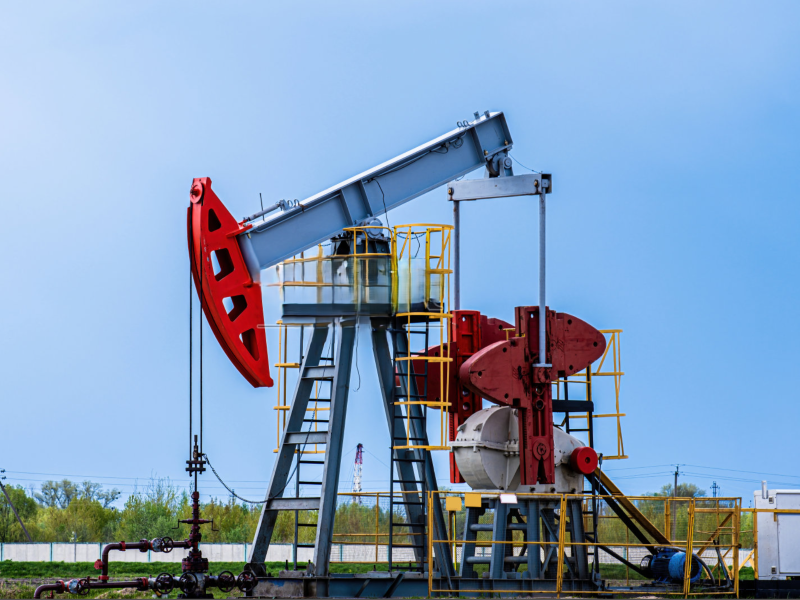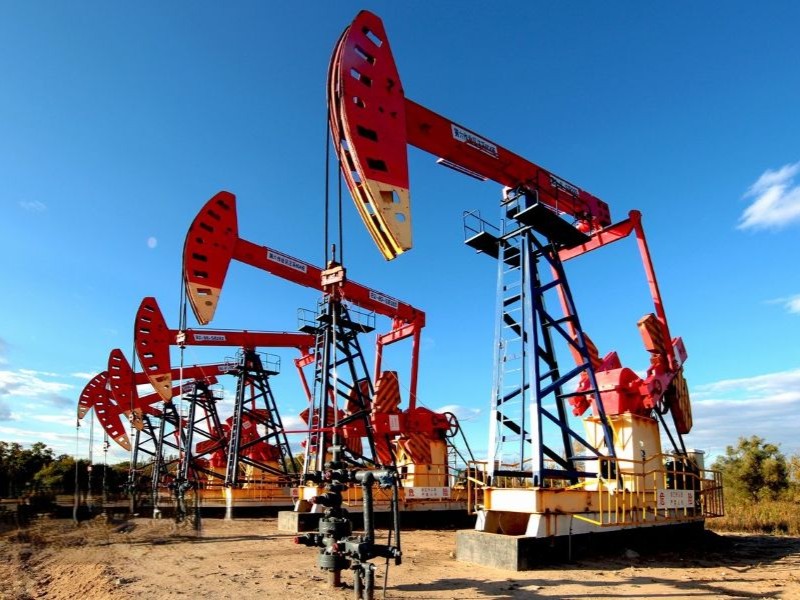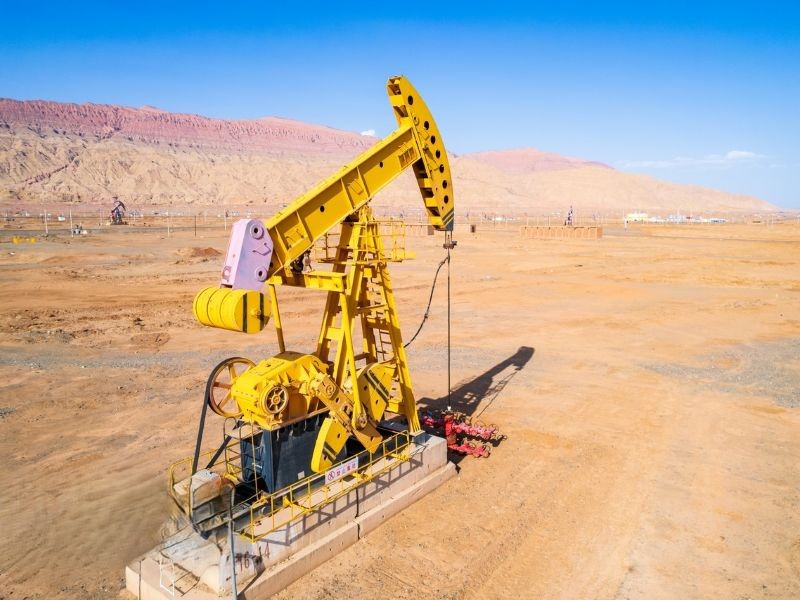In the complete set of oil recovery equipment, the pumping unit, the pumping rod, and the oil pump are all very important key core components. Through collaborative operation, they have built a “three pumping equipment” working system to jointly promote the complete process from underground crude oil extraction to ground transportation. The performance advantages and disadvantages of these three and the degree of tacit cooperation will not only directly affect the output of the oil well, but also have a vital impact on the overall economic benefits of the mining project.
Sucker rod:
The pumping rod is the core link connecting the ground pumping unit and the underground pumping unit in the “three pumping equipment". It assumes the dual functions of transmitting power and bearing load: on the one hand, it transmits the reciprocating movement of the pumping unit to the piston of the pumping unit and drives the piston to move; On the other hand, it bears the weight of the pumping rod column itself, the weight of the liquid column and the additional underground loads (such as inertial loads and frictional loads), and its performance directly affects the reliability and service life of the entire oil recovery device. According to "API Spec 11B-2021" (American Petroleum Institute standard), the tensile strength of the sucker rod must not be less than 620MPa, and the yield strength must not be less than 550MPa.

Ⅰ. Structure and material:
1. Structural design:
The main body of the sucker rod is a solid rod body with a circular cross-section, usually with a length of 7.62m (25 feet) or 9.14m (30 feet), which is easy to transport and connect to the site. Both ends of the rod body are threaded, and multiple sucker rods are connected through hoops to form a “sucker rod column”. In order to enhance the strength of the threaded connection, the threaded parts are usually tempered (the hardness reaches HRC28-32), and the anti-loosening structure (such as the thread is coated with anti-loosening glue) is used to prevent the thread from loosening during underground operations.
2. Material classification:
According to the working conditions of the oil well (such as well depth, corrosion of crude oil, and load size), the material of the sucker rod is mainly divided into two categories:
Carbon steel sucker rod: With No. 45 steel and 20CrMo steel as the main materials, it has the advantages of high strength and low cost. It is suitable for conventional oil wells with a depth of ≤2000m and weak crude oil corrosion (including HSS concentration ≤50ppm). It is used in conventional wells in oil fields in eastern China. The proportion of applications exceeds 80%;
Alloy steel sucker rod: 35CrMo steel and 42CrMo steel are the main materials, and corrosion resistance and fatigue strength are improved through alloying treatment. It is suitable for deep or ultra-deep wells with well depth ≥2000m and strong crude oil corrosion (HSS concentration >50ppm). For example, in high-sulfur gas wells in southwest China's oil and gas fields, the application of alloy steel sucker rod accounts for more than 90%.
Ⅱ. Load and fatigue damage during work:
The sucker rod undergoes complex alternating loads during work, and fatigue damage is easy to occur during long-term operation, which is the main cause of the failure of the sucker rod. The loads it bears mainly include:
1. Static load: Including the weight of the sucker rod column itself (the weight of the carbon steel sucker rod per meter is about 15kg), the weight of the liquid column (calculated according to the density of crude oil, usually 800-900kg/m3).
2. Dynamic loads: Including inertial loads (acceleration loads generated by the reciprocating movement of the piston), friction loads (friction loads between the sucker rod and the inner wall of the tubing), and impact loads (instantaneous impact loads generated when the donkey head is commuting).
In order to extend the service life of the sucker rod, targeted measures need to be taken: First, optimize the working parameters of the sucker (such as reducing the stroke and reasonably selecting the stroke) to reduce the dynamic load; Second, surface treatment of the sucker rod (such as chrome plating, spraying wear-resistant coating) to improve wear resistance; Third, regular inspection of the sucker rod column (such as the use of acoustic flaw detection technology), timely detection of fatigue cracks.


Reference material:
[1] American Petroleum Institute "API Spec 11B-2021 Sucker Rod Specification"
[2] "Mechanical Engineering Materials" Volume 46, Issue 7, 2022 "Sucker Rod Structure Design and Connection Reliability Analysis"
[3] "Iron and Steel" Volume 58, Issue 4, 2023 "Research on Material Optimization and Corrosion Resistance of Alloy Steel Sucker Rods"
[4] "Engineering Mechanics" 2022, Volume 39, Issue 9 "Analysis of Load Characteristics and Fatigue Life of Sucker Rod Column"
[5] "Non-destructive Testing" Volume 45, Issue 3, 2023 "Non-destructive Testing Technology and Application Practice of Sucker Rod"

